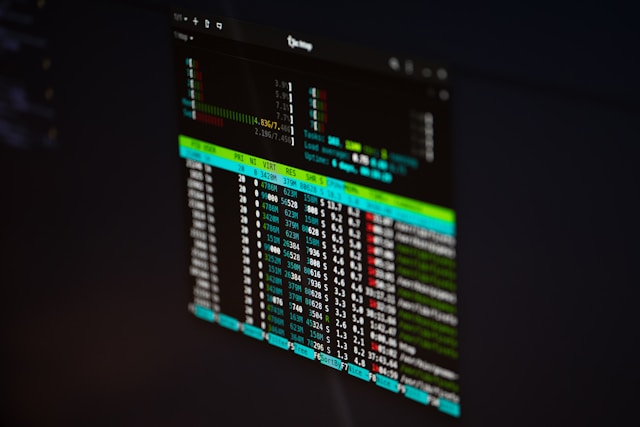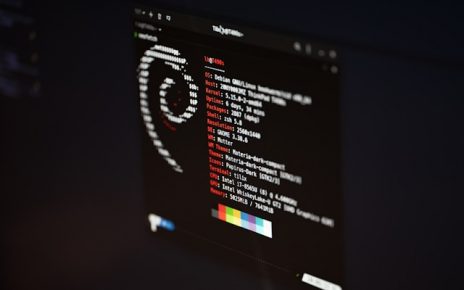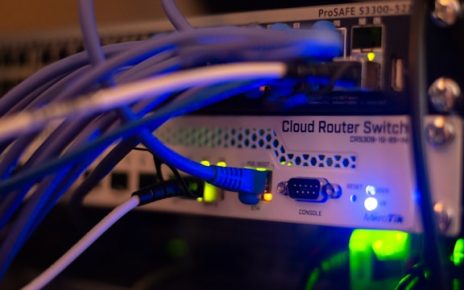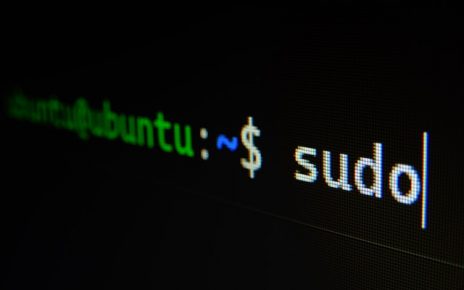After successfully setting up the Nagios master server, the next step is to configure Nagios Remote Plugin Executor (NRPE) on your Nagios server and set up monitoring for your remote server.
Accessing the Nagios Web Interface
Before proceeding, ensure you can access the Nagios web interface. Open your browser and navigate to:
http://192.100.10.10/nagios/Login using the credentials:
- Username:
nagiosadmin - Password: The password you set during the
htpasswdconfiguration.
This interface will allow you to monitor and manage your servers and services.
Installing NRPE and Plugins on the Master Server
NRPE is necessary for executing plugins on remote hosts. To set up NRPE on your Nagios master server, follow these steps:
Step 1: Install EPEL Repository
First, install the Extra Packages for Enterprise Linux (EPEL) repository, which provides additional packages for CentOS.
sudo rpm -Uvh http://dl.fedoraproject.org/pub/epel/epel-release-latest-7.noarch.rpmExplanation:
rpm -Uvh: Installs or upgrades a package and displays a progress bar with the-Uvhoption.
Step 2: Install NRPE and Nagios Plugins
Install NRPE and the necessary Nagios plugins:
sudo yum --enablerepo=epel -y install nrpe nagios-plugins nagios-plugins-all
sudo yum install -y nagios-plugins-nrpe
sudo yum --enablerepo=epel -y list nagios-plugins*Explanation:
--enablerepo=epel: Enables the EPEL repository.nagios-plugins-all: Installs all available plugins, ensuring you have the tools needed to monitor a wide range of services.yum list: Lists all installed and available Nagios plugins.
Example:
To confirm installation, you can list the Nagios plugins by running yum list installed | grep nagios.
Step 3: Create a Symlink for check_nrpe
Create a symbolic link for the check_nrpe plugin to ensure it’s accessible:
sudo ln -s /usr/lib64/nagios/plugins/check_nrpe /usr/local/nagios/libexec/check_nrpeExplanation:
ln -s: Creates a symbolic link, which is a pointer to another file. This allows Nagios to find thecheck_nrpeplugin easily.
Configuring NRPE Commands in Nagios
Next, we’ll configure Nagios to use NRPE for checking services on remote hosts.
Step 4: Define the check_nrpe Command
Edit the Nagios command configuration file to define the check_nrpe command:
sudo vim /usr/local/nagios/etc/objects/commands.cfgAdd the following configuration:
define command {
command_name check_nrpe
command_line $USER1$/check_nrpe -H $HOSTADDRESS$ -c $ARG1$
}Explanation:
command_name check_nrpe: Names the commandcheck_nrpe.command_line: Specifies the command line that Nagios will execute, replacing$HOSTADDRESS$and$ARG1$with the actual host address and command arguments during execution.
Step 5: Configure Nagios to Monitor Remote Servers
Create a directory to store configuration files for remote servers:
sudo mkdir /usr/local/nagios/etc/serversThen, edit the Nagios configuration file to include this directory:
sudo vim /usr/local/nagios/etc/nagios.cfgAdd the following line:
cfg_dir=/usr/local/nagios/etc/serversExplanation:
cfg_dir: Instructs Nagios to look in this directory for additional configuration files, making it easier to manage multiple server configurations.
Example:
Each remote server you want to monitor will have its configuration file in the servers directory.
Step 6: Define the Remote Server Configuration
Create a configuration file for the remote server:
sudo vim /usr/local/nagios/etc/servers/remote.cfgAdd the following content to define the remote server and the services you want to monitor:
define host {
use linux-server
host_name remote
alias my remote server
hostgroups linux-servers
address 192.100.10.20
max_check_attempts 5
check_period 24x7
notification_interval 30
notification_period 24x7
}
define service {
use generic-service
host_name remote
service_description SSH
check_command check_ssh
notifications_enabled 0
}
define service {
use generic-service
host_name remote
service_description CPU Load
check_command check_nrpe!check_load
}Explanation:
define host: Defines a remote server with its IP address and monitoring details.define service: Specifies the services (e.g., SSH, CPU Load) to be monitored on the remote server.
Example:
The check_command field uses the check_nrpe command to monitor the remote server’s CPU load, and the check_ssh command to verify SSH availability.
Step 7: Verify and Restart Nagios
After setting up the configuration, verify it with the following command:
sudo /usr/local/nagios/bin/nagios -v /usr/local/nagios/etc/nagios.cfgIf everything checks out, restart Nagios to apply the new configuration:
sudo systemctl restart nagiosExplanation:
nagios -v: Verifies the configuration file for syntax errors.systemctl restart: Restarts the Nagios service, reloading the new configuration.
Example:
You can monitor the status of Nagios with sudo systemctl status nagios.
Testing NRPE
To ensure that NRPE is working correctly, execute the following command from the Nagios server:
check_nrpe -H 192.100.10.20Explanation:
- This command tests the connection to the remote server (IP: 192.100.10.20) using NRPE.
Example:
If successful, the command will return information from the remote server. If there is an issue, it will return an error message, which will guide troubleshooting.





